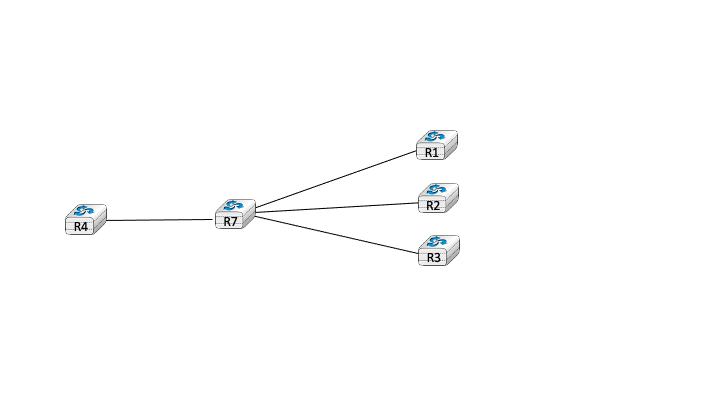Consider the R7 MPLS router shown in the figure below.

This router uses per interface label space and has the following LFIB
| Incoming intf | Label | Outgoing intf | Operation |
| East | L1 | North-E | SWAP( L7) |
| East | L2 | East | POP |
| East | L3 | North-E | POP |
| East | L4 | South-E | PUSH (L2) |
| West | L5 | South-East | SWAP (L9); PUSH (L3) |
| West | L3 | North-E | SWAP( L7) |
| West | L4 | East | PUSH (L1) |
| West | L2 | East | POP |
| West | L6 | South-E | PUSH (L2) |
| West | L1 | South-East | SWAP (L9); PUSH (L1) |
For this exercice, the MPLS stack of a packet is represented as as sequence of labels separated by a colon. For example, LX:LY:LZ is an MPLS stack containing three labels. LZ is the top label, LY the second one and LX the bottom one.
 INGInious
INGInious